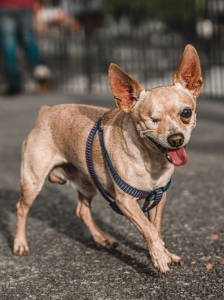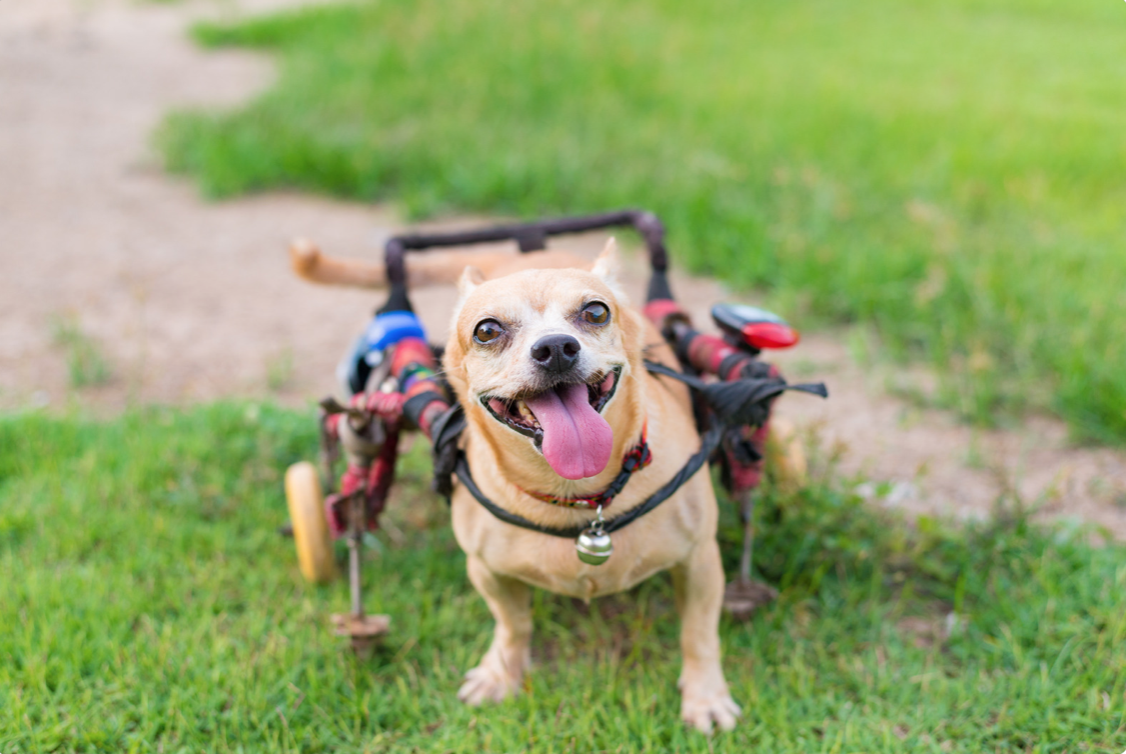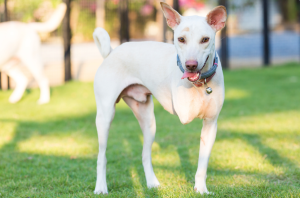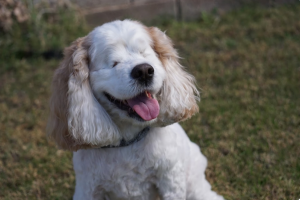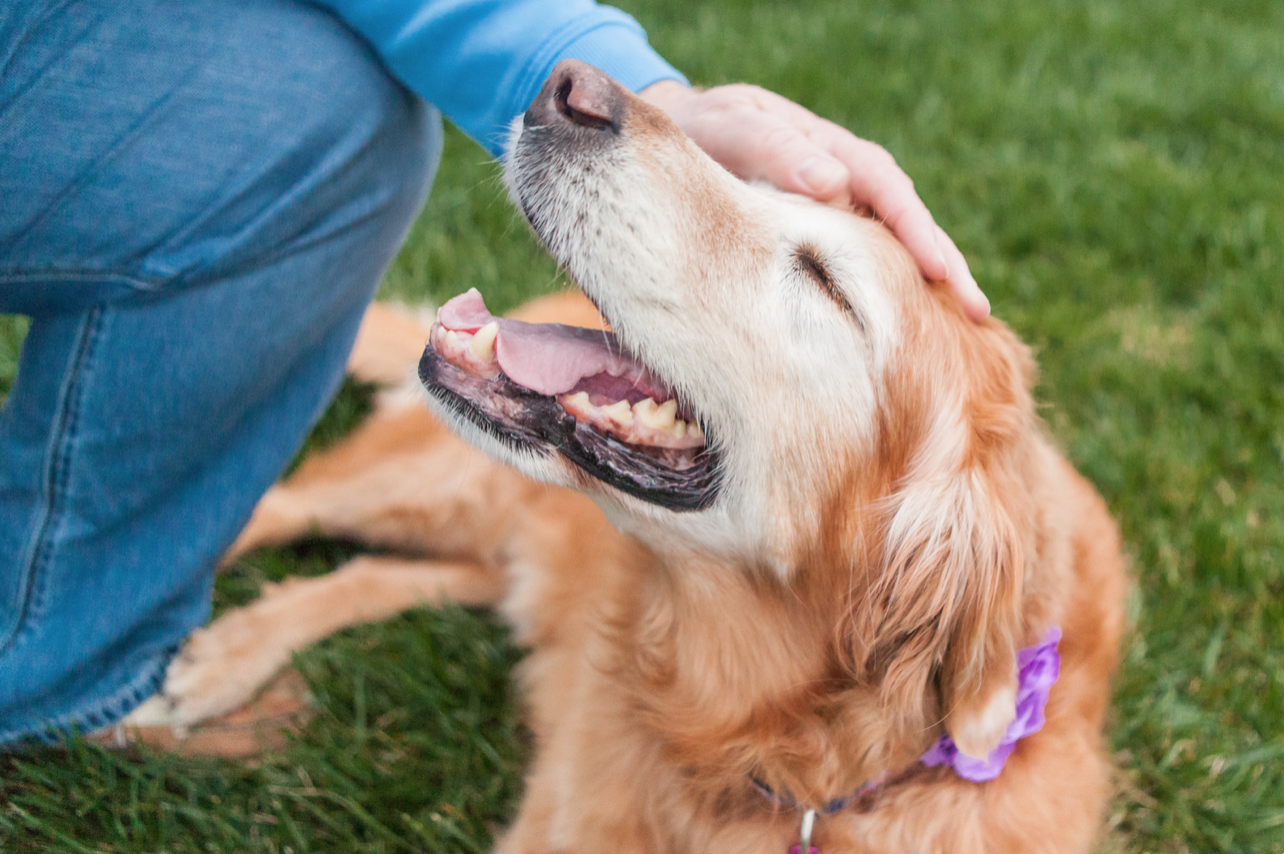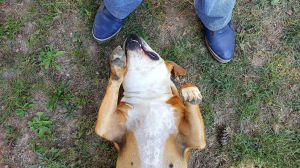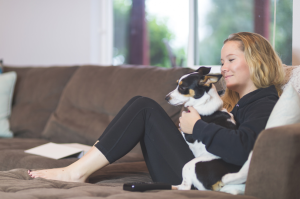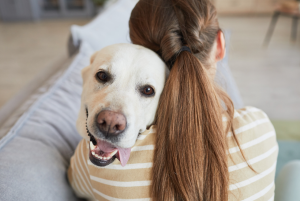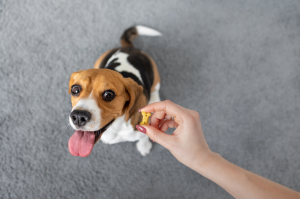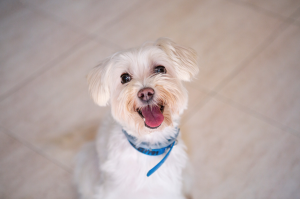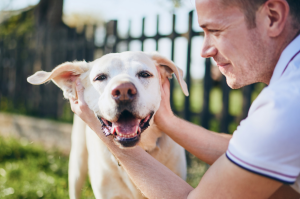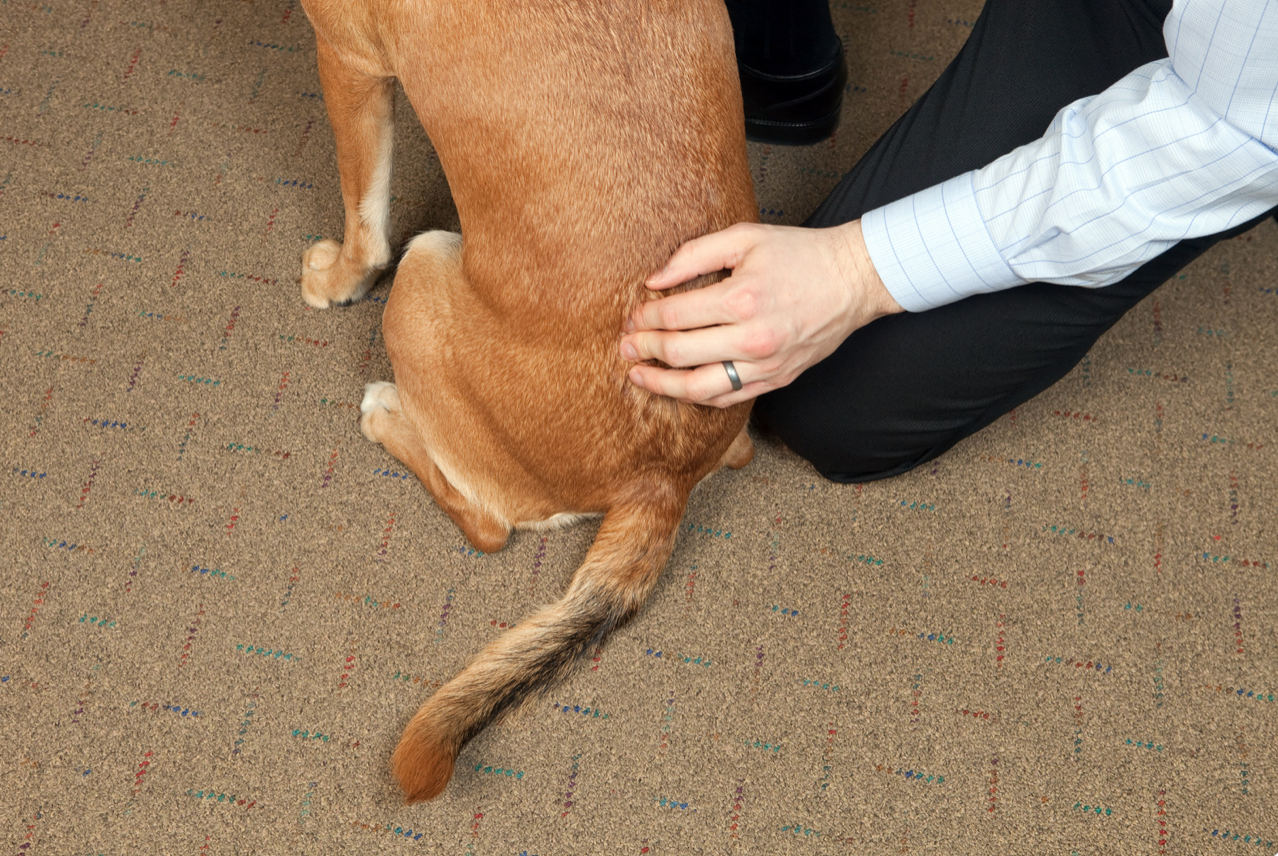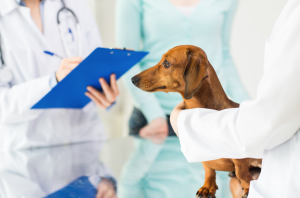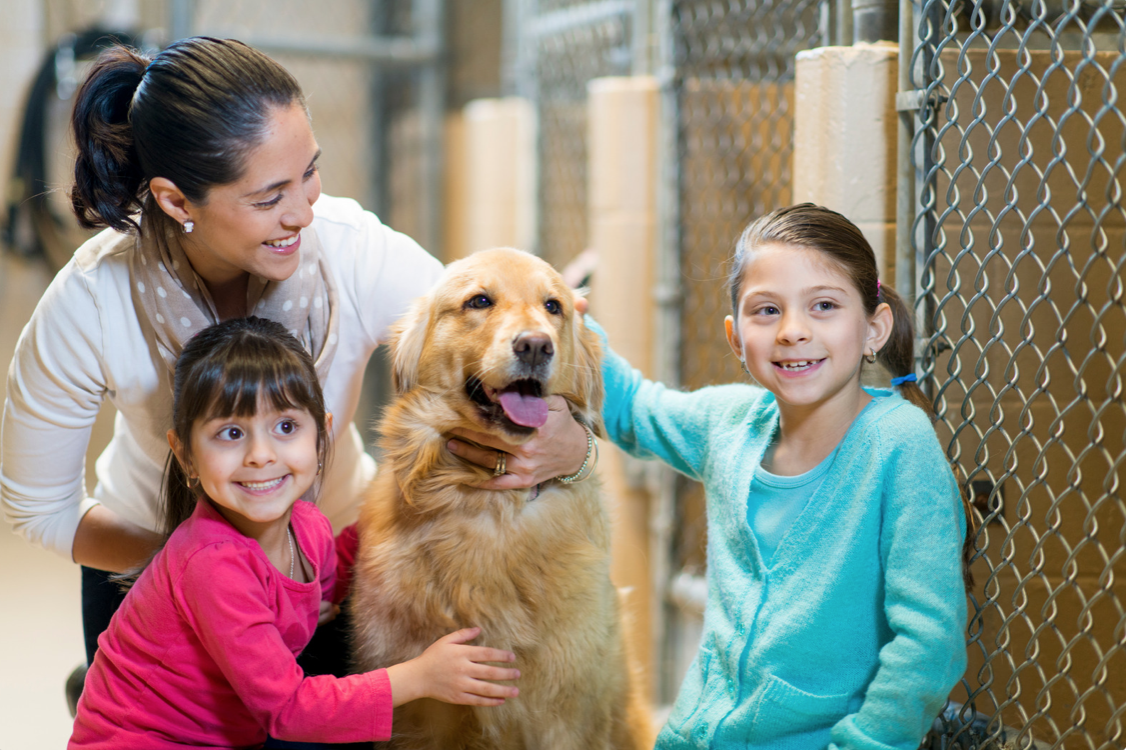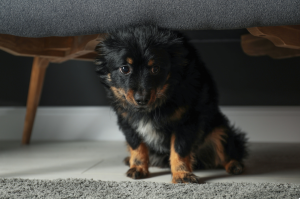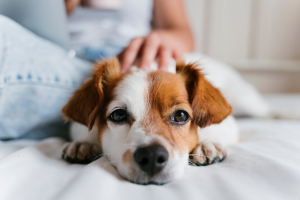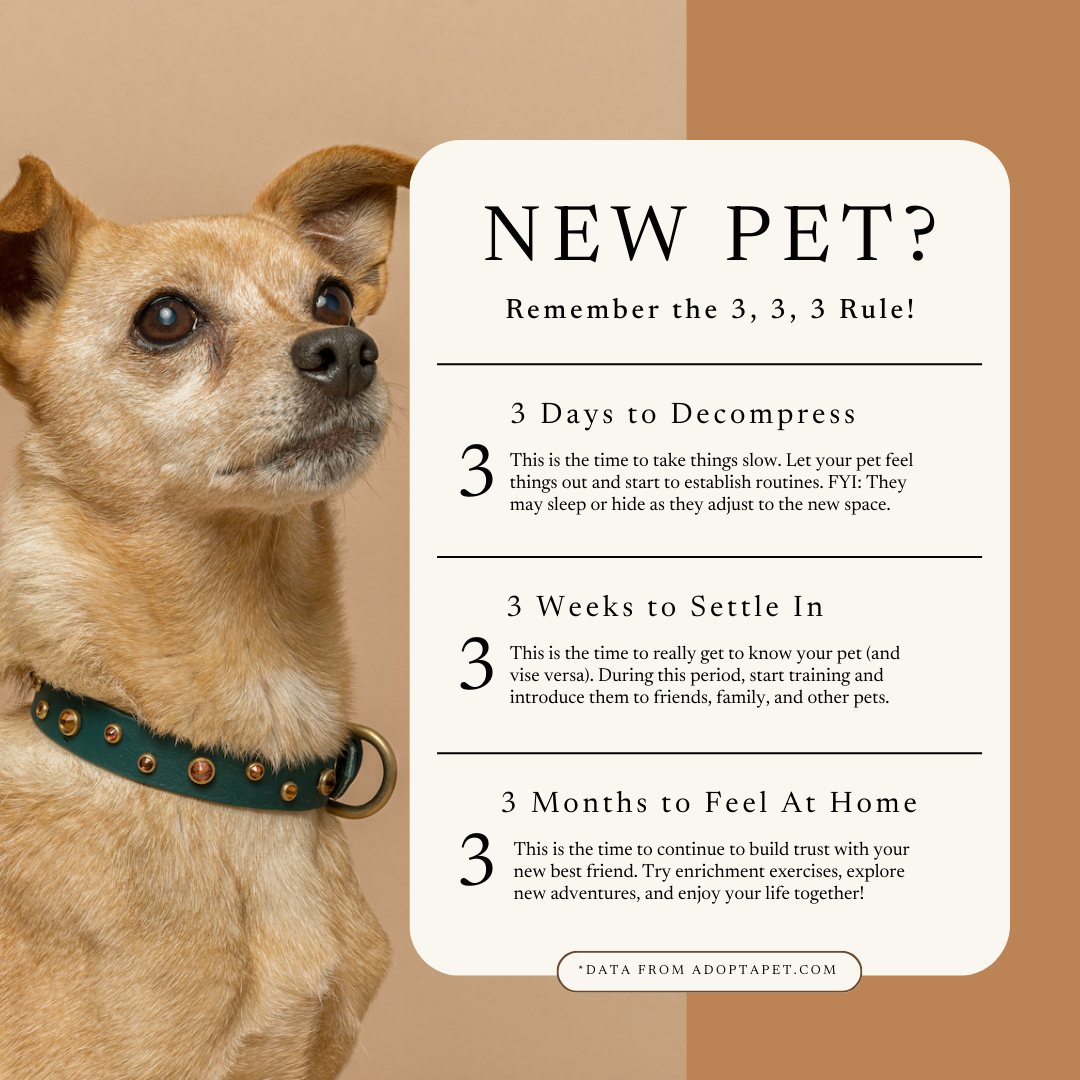Halloween Dog Treat Ideas
Halloween isn’t just for humans. Our fuzzy companions can also get in on the fun with some spooky treats. Whether you’re hosting a canine Halloween party or simply want to pamper your pooch, here are 11 Halloween dog treat ideas that will make your pup feel a part of the action!
Witch’s Hat Dog Biscuits

Bake some homemade dog biscuits using cookie cutters in the shape of witch hats. Paint details using dog-safe food coloring. Check out this easy to follow dog biscuit recipe from It Doesn’t Taste Like Chicken.
Mummy Meatballs
Prepare some dog-safe meatballs using this meatball recipe by Bone Appetreat. When they are done cooking, wrap them in thin strips of cheese or boiled egg whites to resemble mummies. Use peas for the eyes!
Goblin Chews
Slice sweet potatoes into thin strips, resembling dried tendons or ghoulish fingers. Dehydrate them in the oven at a low temperature for several hours until they are chewy. It will be a natural and healthy chew for your pup.
Bloody Bones
Use a basic dog biscuit recipe like the one we mentioned above, only this time shape them into bones! You can even drizzle some beet juice on them for a bloody effect.
Jack-o’-Lantern Peppers

Carve out mini bell peppers to resemble jack-o’-lanterns and stuff with a mixture of chicken and rice. Make sure the peppers are thoroughly washed, and all seeds and stems are removed. You can use this recipe by Cookist for more instructions – just make sure the filling is dog-safe!
Frankenstein’s Peanut Butter Cubes
Blend spinach (for the green color), banana, and peanut butter together, then freeze in your typical ice cube tray. When they are frozen, pop them out and serve!
Eyeball Meat Treats
Make some dog-safe meatballs, and when they are done, press a blueberry into the center of each one to resemble an eyeball. You can also surround the blueberry with a slice of mozzarella to create the whites of the eyes.
Ghostly Popsicles

Puree plain pumpkin with plain yogurt and pour into ghost-shaped molds. Freeze until solid and serve. These icy treats are perfect for pups to munch on while lying by the fire on Halloween night. Follow this recipe from Rover.com for more details on creating the mixture. You can even skip the yogurt and just freeze plain pumpkin for an extra healthy frozen treat. Check out all the health benefits that pumpkin has here!
Spider Web Frozen Delights
Blend blueberries and plain yogurt, then pour onto a flat dish. Use a squeeze bottle filled with raspberry puree to draw a spider web design on top. Freeze and break into chunks before serving.
Pumpkin Ghoul Cookies
Mix canned plain pumpkin, oat flour, and an egg to make a dough. Shape into little ghosts and use flax seeds for eyes. Follow this recipe by Murmurs of Ricotta for more detailed instructions on making the dough.
Cursed Cauldron Stew

Make a dog-friendly stew with chicken, peas, carrots, and sweet potatoes. Serve in a mini cauldron for added Halloween effect.
Beware!
Always ensure that every ingredient used is safe for your dog. Avoid chocolate, grapes, onions, raisins, and anything sweetened with xylitol, as these are toxic to dogs. When in doubt, consult with your vet!
Have A Happy Halloween with These Spooky Snacks!

This Halloween, let your pup indulge in the festivities with these spooky and tasty Halloween dog treats. Always remember, these are just treats and are not meant to replace their regular meals! Feed in moderation and have a howling good time!
Want more Halloween fun? Check out our list of cute Halloween costume ideas for dogs in wheelchairs! It will put a smile on your face regardless of if you have a wheelie dog or not!

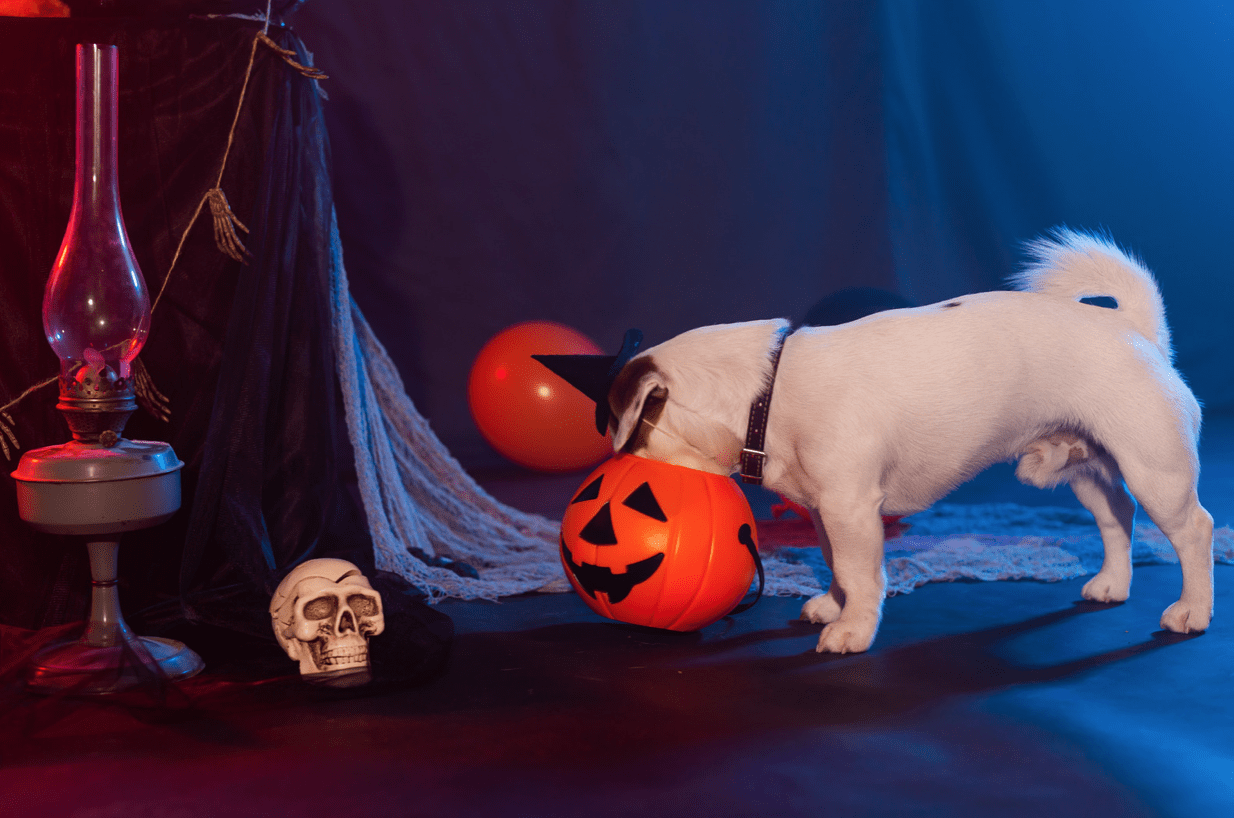
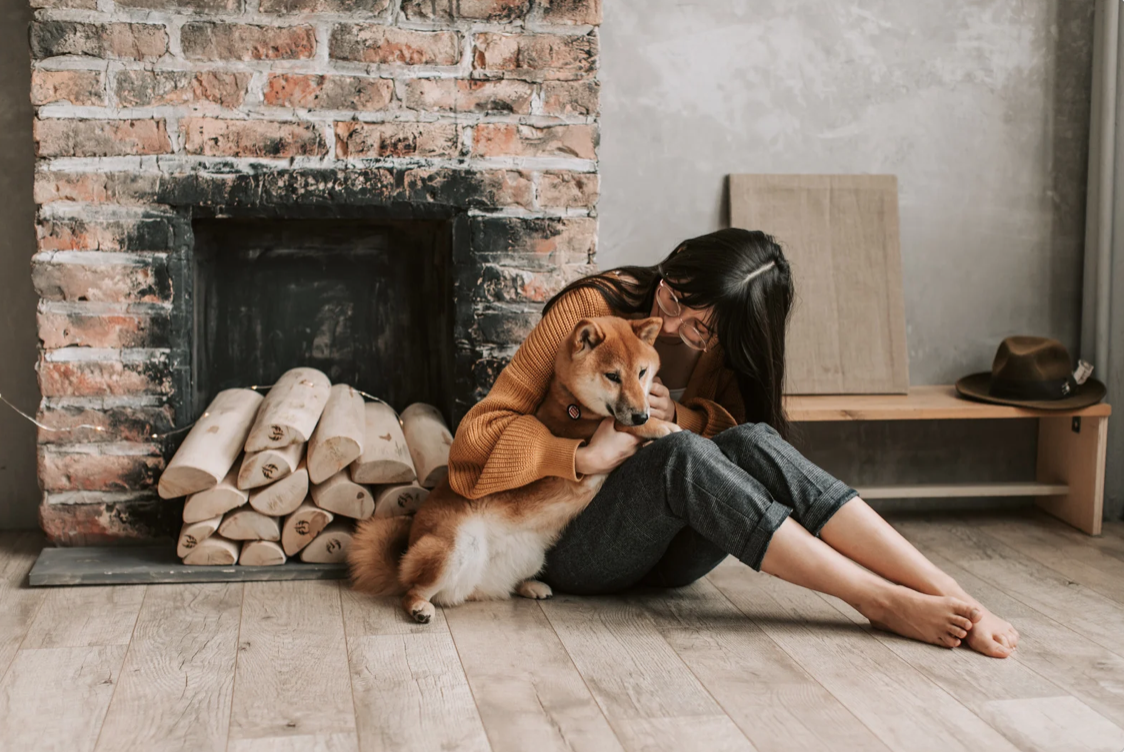
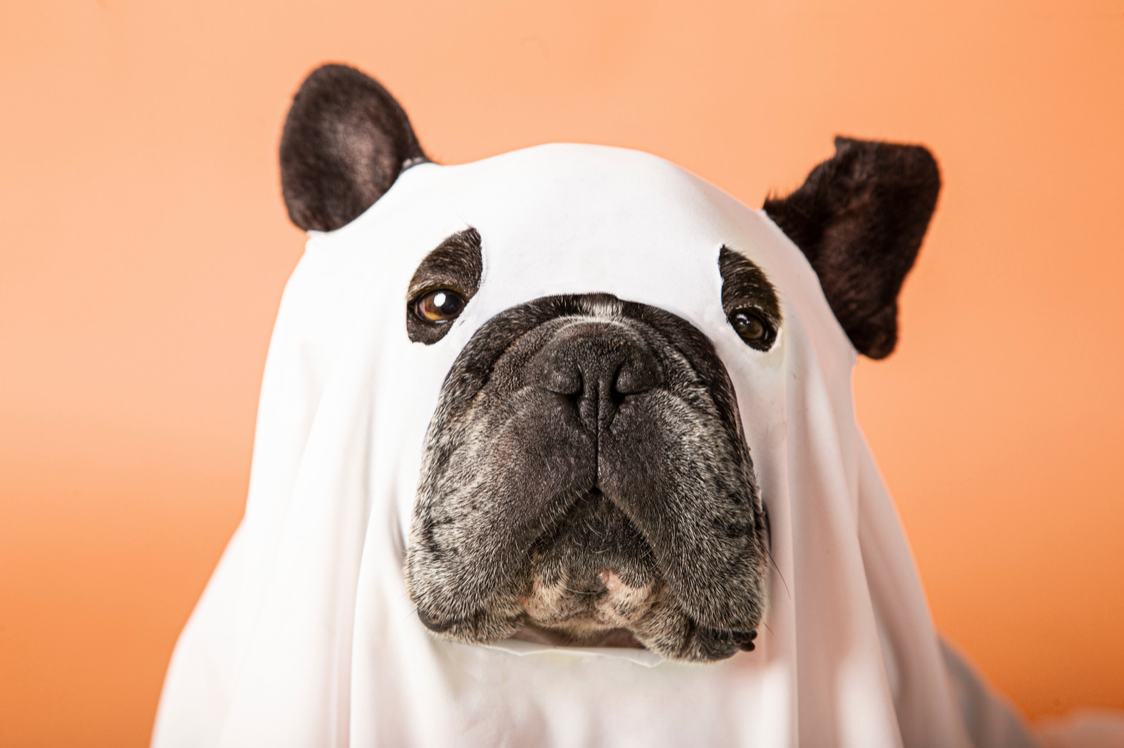
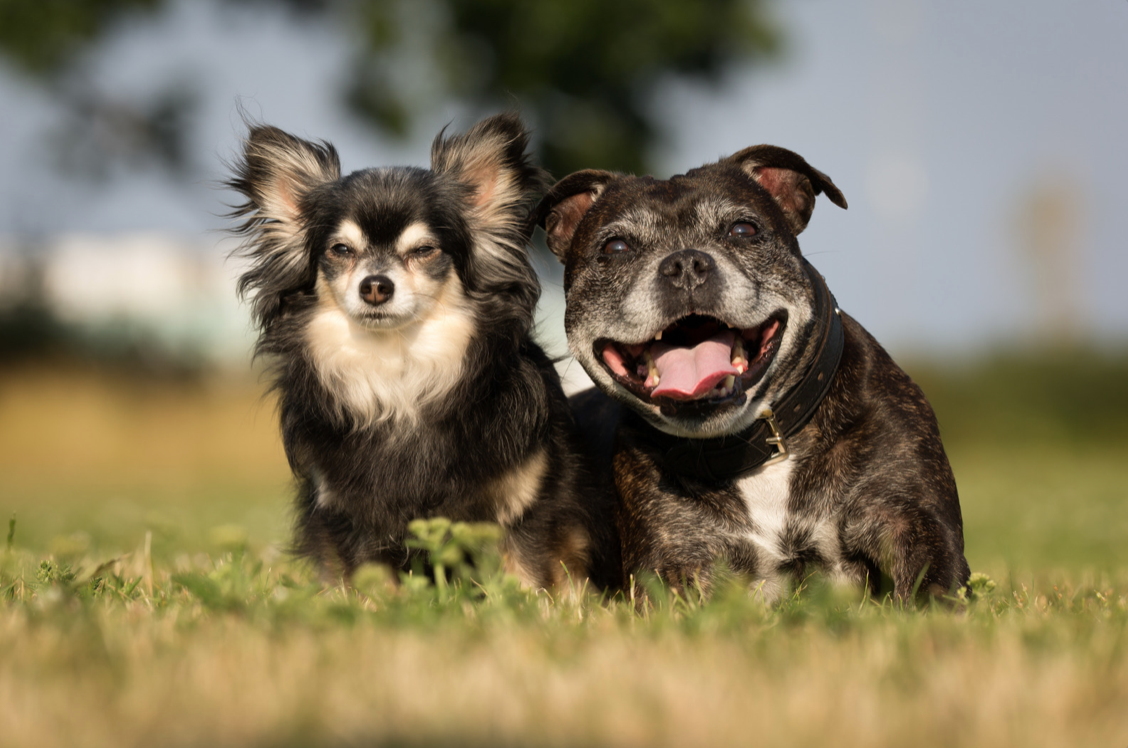
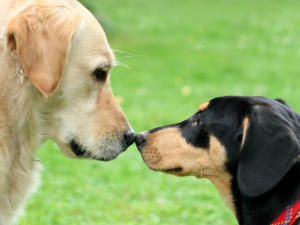 When younger and older dogs bond, it’s beneficial for both. Young pups can bring joy and a zest for life to their senior companions, while the seniors can impart their wisdom and good manners to the youngsters.
When younger and older dogs bond, it’s beneficial for both. Young pups can bring joy and a zest for life to their senior companions, while the seniors can impart their wisdom and good manners to the youngsters.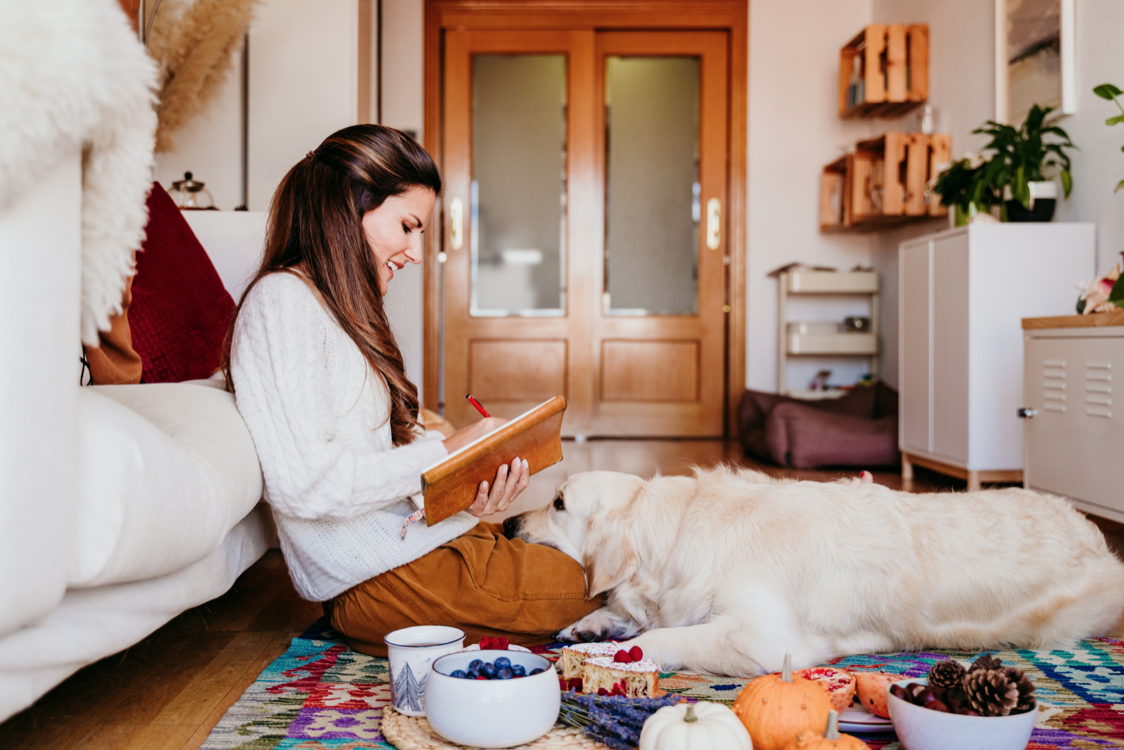

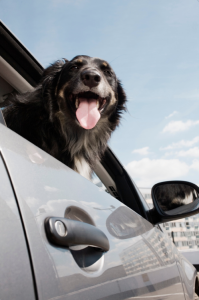
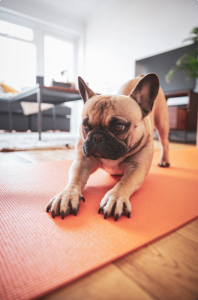
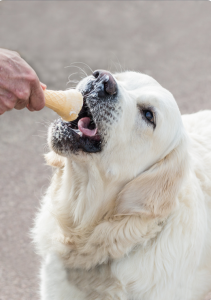
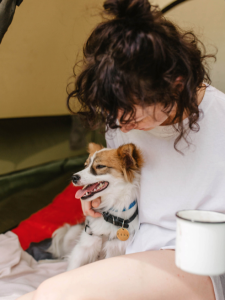
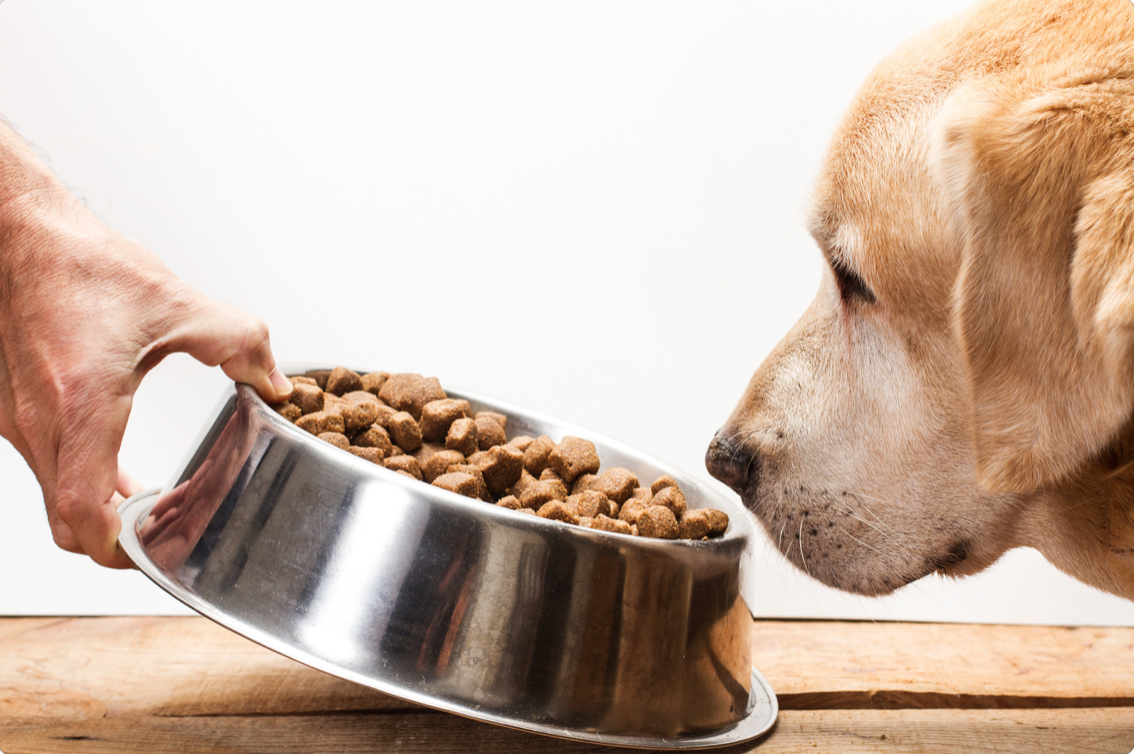
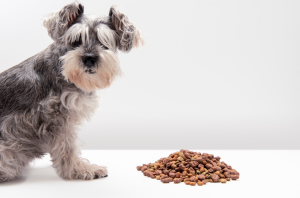 Ensuring your special dog is eating a good diet is so important! While it does require some effort and vigilance on your part, the rewards are clear: a happier, healthier life for your beloved furry companion. Remember, food is more than just sustenance; it’s a pivotal tool in managing and improving your pup’s overall well-being.
Ensuring your special dog is eating a good diet is so important! While it does require some effort and vigilance on your part, the rewards are clear: a happier, healthier life for your beloved furry companion. Remember, food is more than just sustenance; it’s a pivotal tool in managing and improving your pup’s overall well-being.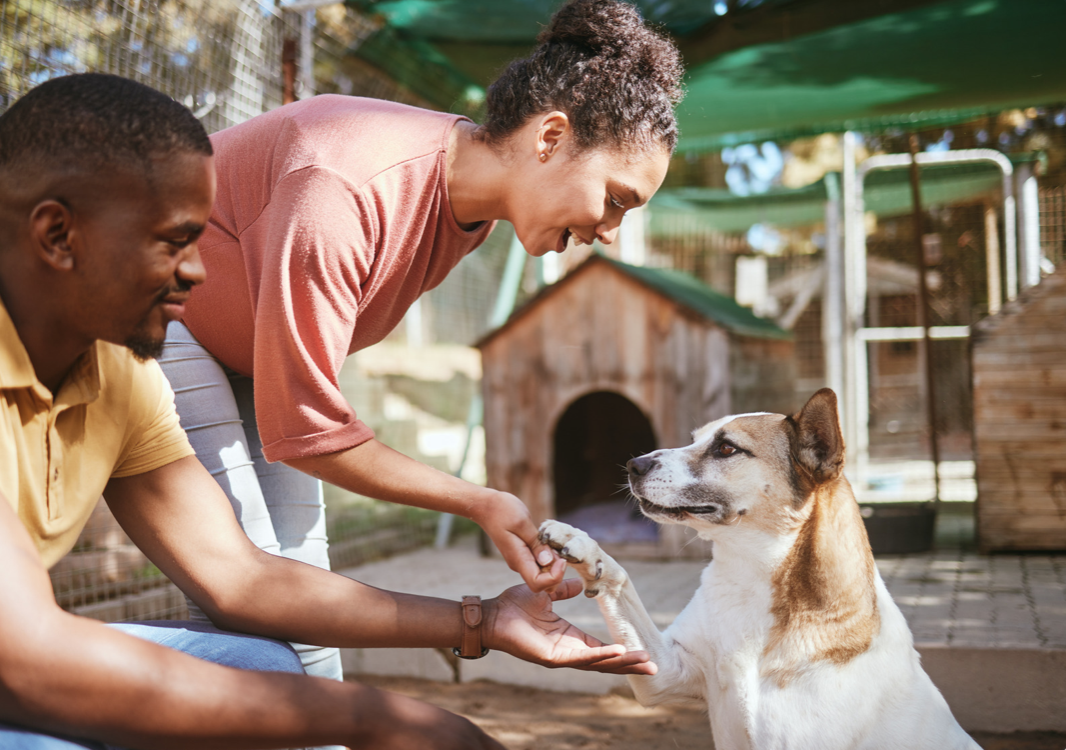
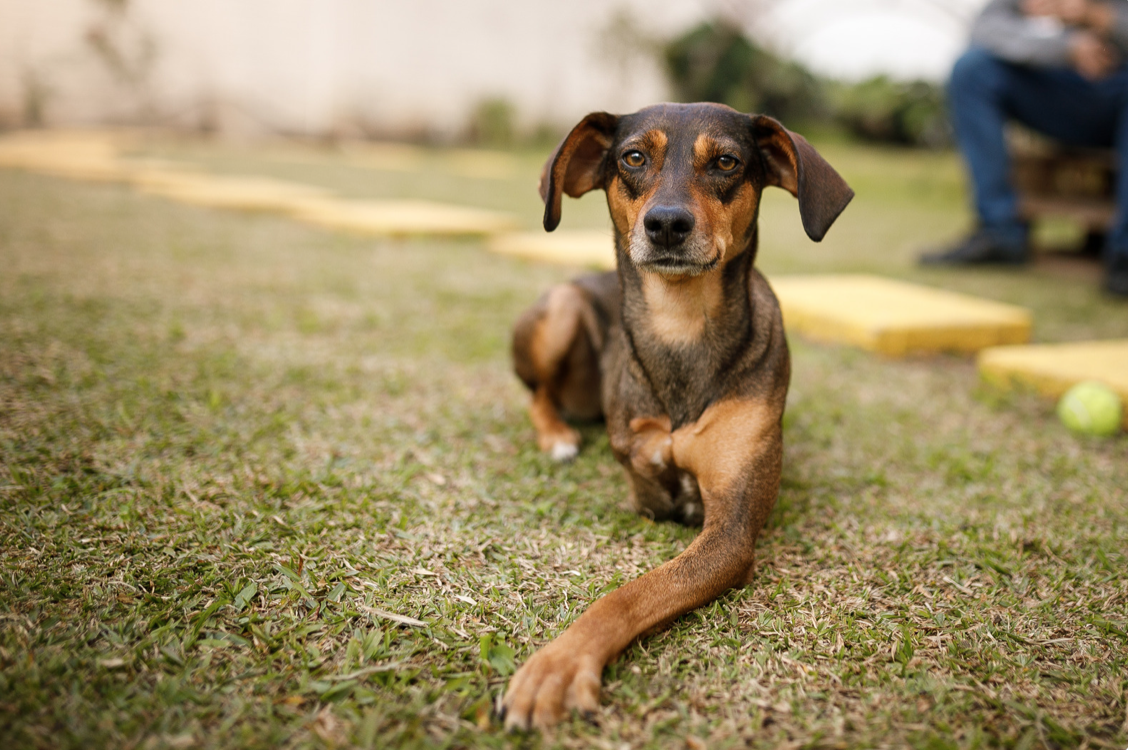
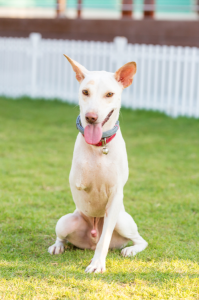 Three-legged dogs, with their unwavering joy and spirit, are a testament to nature’s resilience. They serve as a beacon of hope, a reminder that even in the face of adversity, life can not only go on but can be lived with joy, playfulness, and enthusiasm!
Three-legged dogs, with their unwavering joy and spirit, are a testament to nature’s resilience. They serve as a beacon of hope, a reminder that even in the face of adversity, life can not only go on but can be lived with joy, playfulness, and enthusiasm!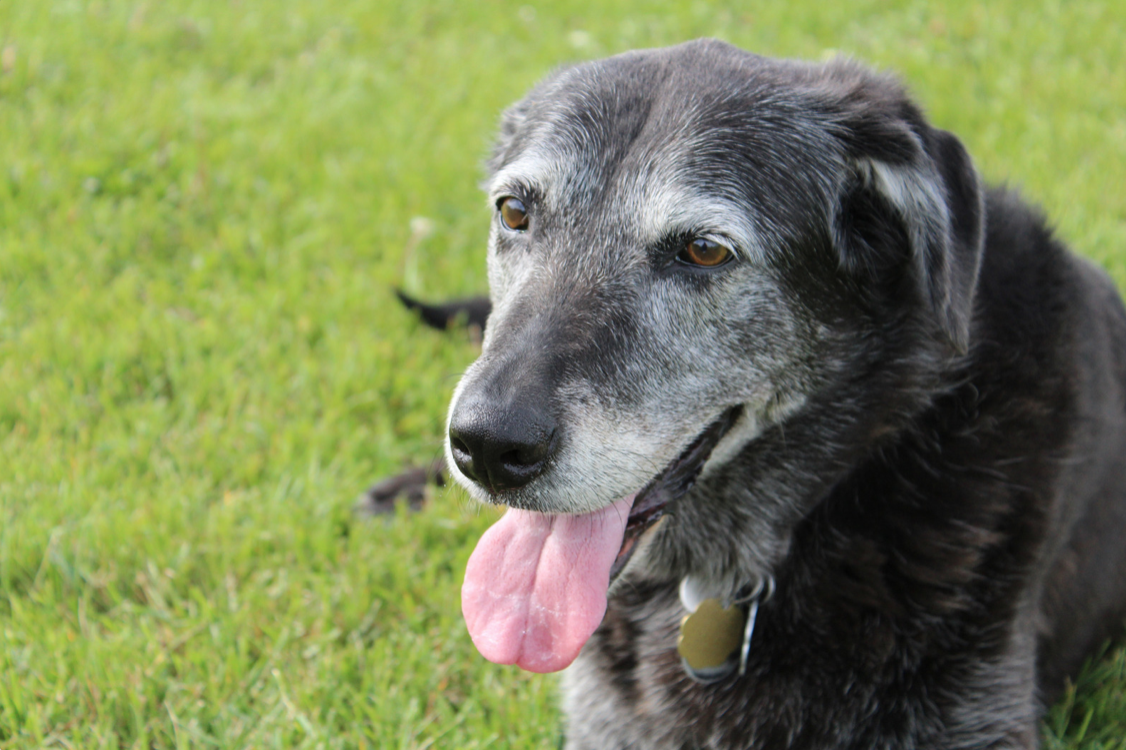
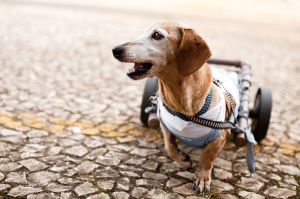 This list is just a guide. It’s up to you as the pet parent to monitor your senior pup’s comfort and activity levels to decide what exercise will be best for them. And remember to always consult with your vet before starting any new form of exercise!
This list is just a guide. It’s up to you as the pet parent to monitor your senior pup’s comfort and activity levels to decide what exercise will be best for them. And remember to always consult with your vet before starting any new form of exercise!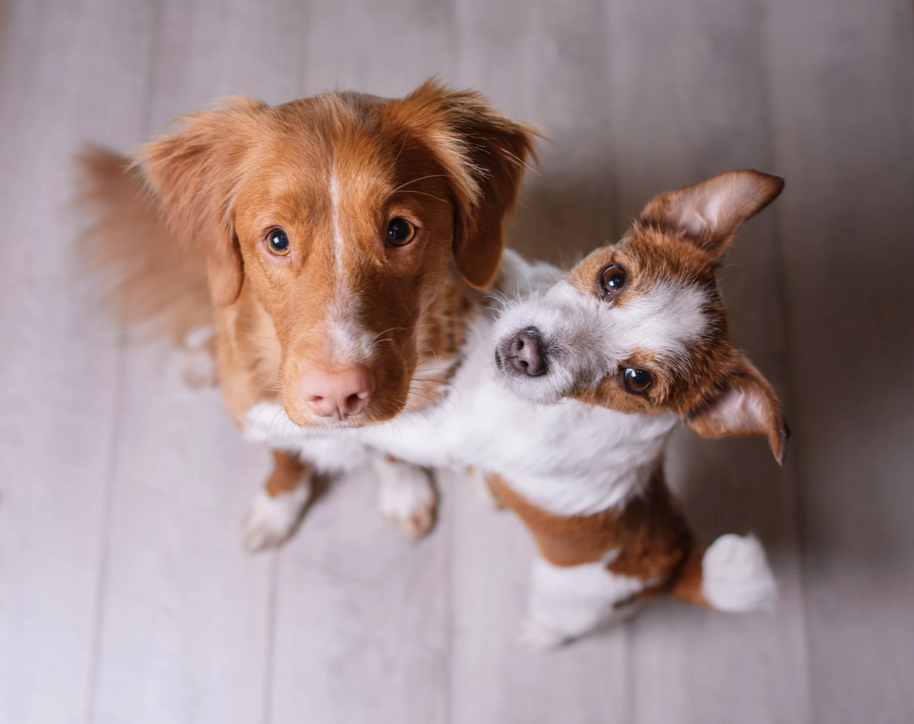
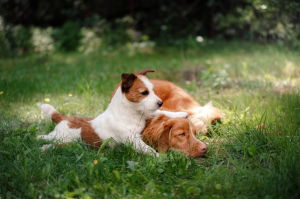 While there may be a learning curve for facilitating playtime for your special dog, the reward is totally worth it! The companionship of another dog can provide your pup with comfort, boosted confidence, mental stimulation, and lots of fun. With understanding, patience, and the right strategies, your special dog can experience the joy of play just like any other dog!
While there may be a learning curve for facilitating playtime for your special dog, the reward is totally worth it! The companionship of another dog can provide your pup with comfort, boosted confidence, mental stimulation, and lots of fun. With understanding, patience, and the right strategies, your special dog can experience the joy of play just like any other dog!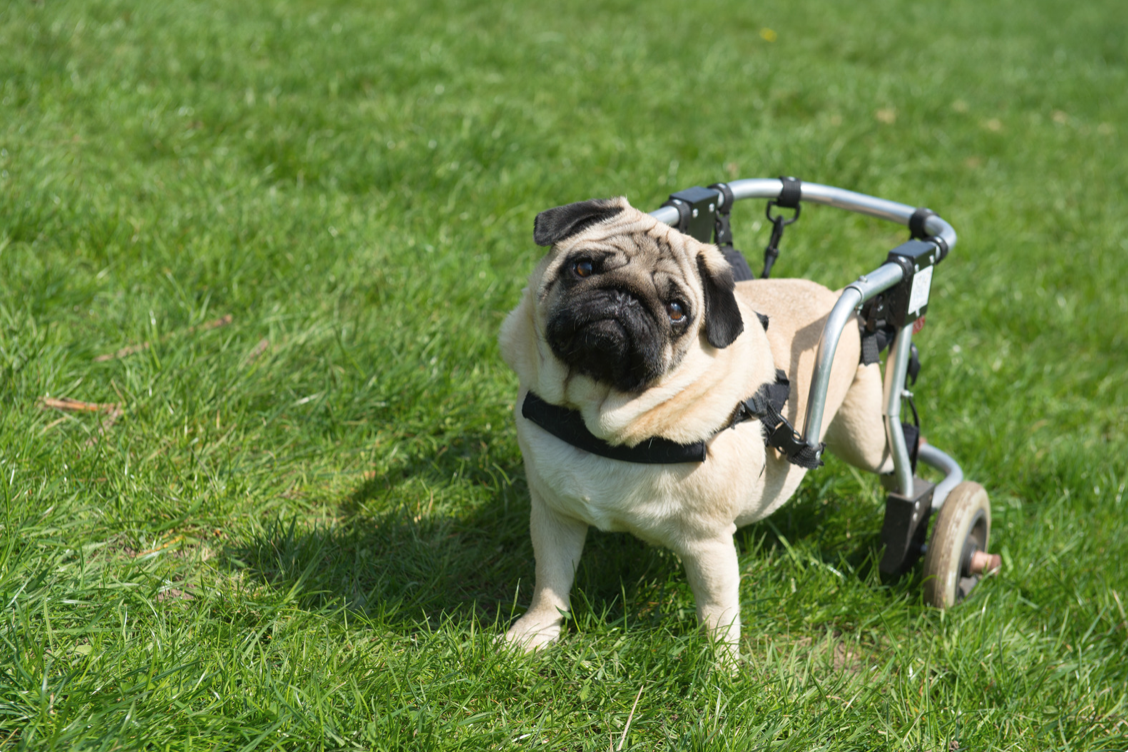

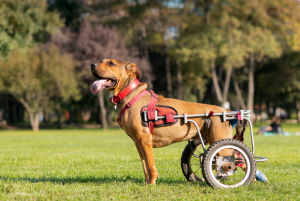 Remember, this guide is merely a suggestion. Create your routine around a schedule that works best for you and your dog!
Remember, this guide is merely a suggestion. Create your routine around a schedule that works best for you and your dog! 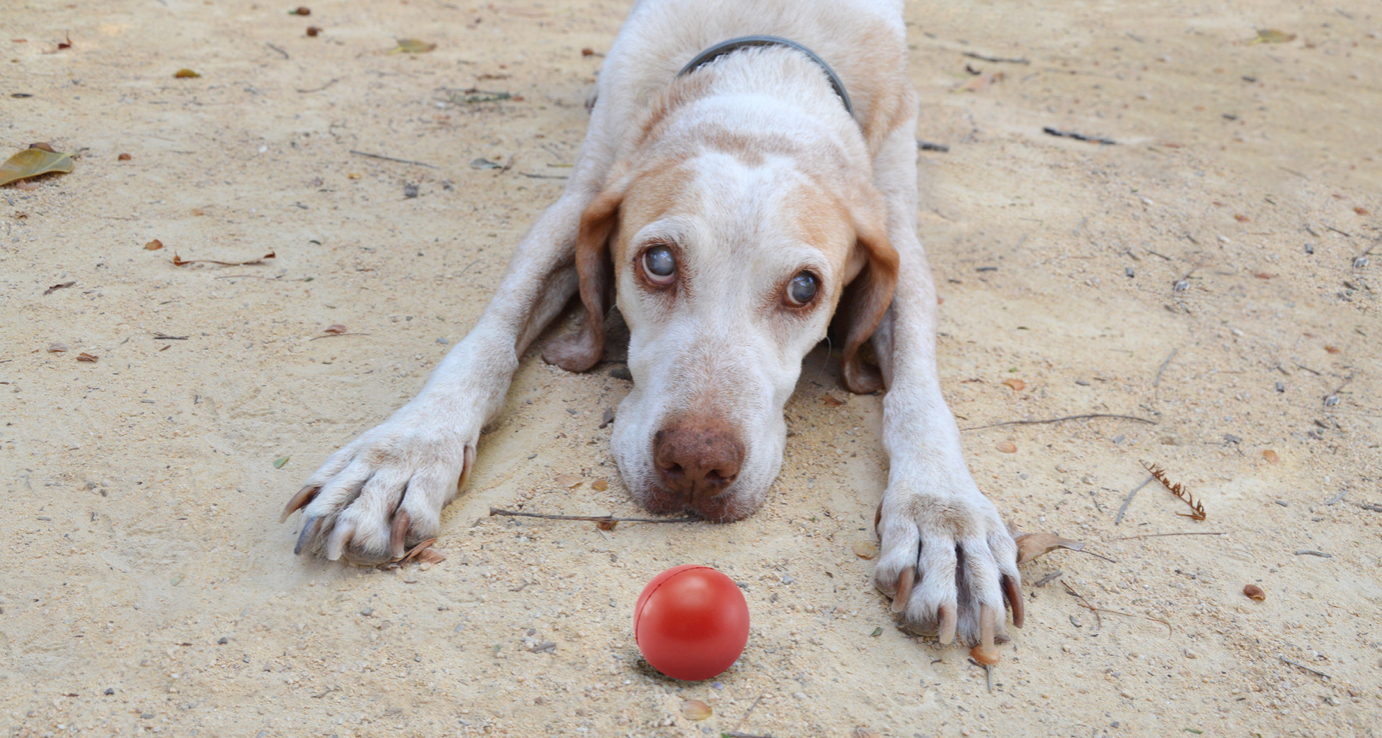
 Creating a safe environment for your deaf or blind dog may initially seem a little overwhelming. However, by implementing these strategies, you can guarantee that your canine companion enjoys life to its fullest, shielded from potential dangers.
Creating a safe environment for your deaf or blind dog may initially seem a little overwhelming. However, by implementing these strategies, you can guarantee that your canine companion enjoys life to its fullest, shielded from potential dangers.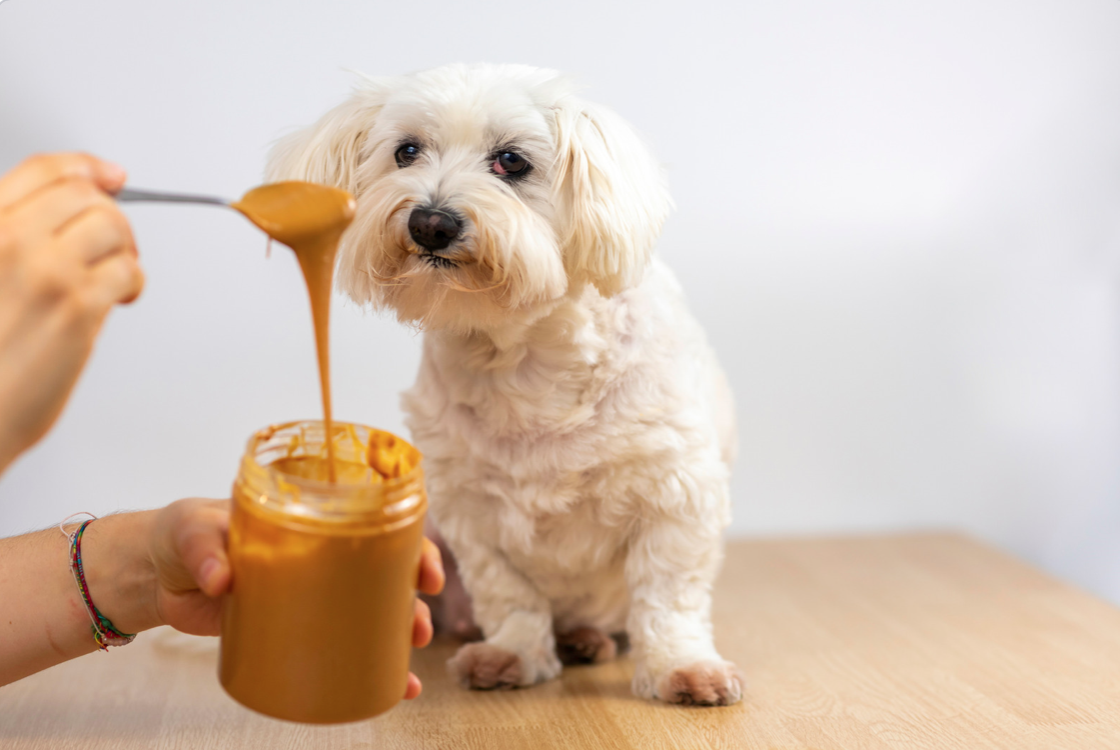
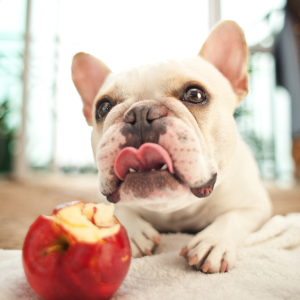
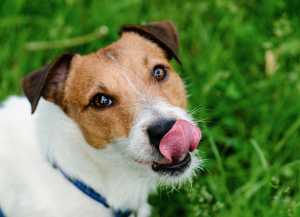
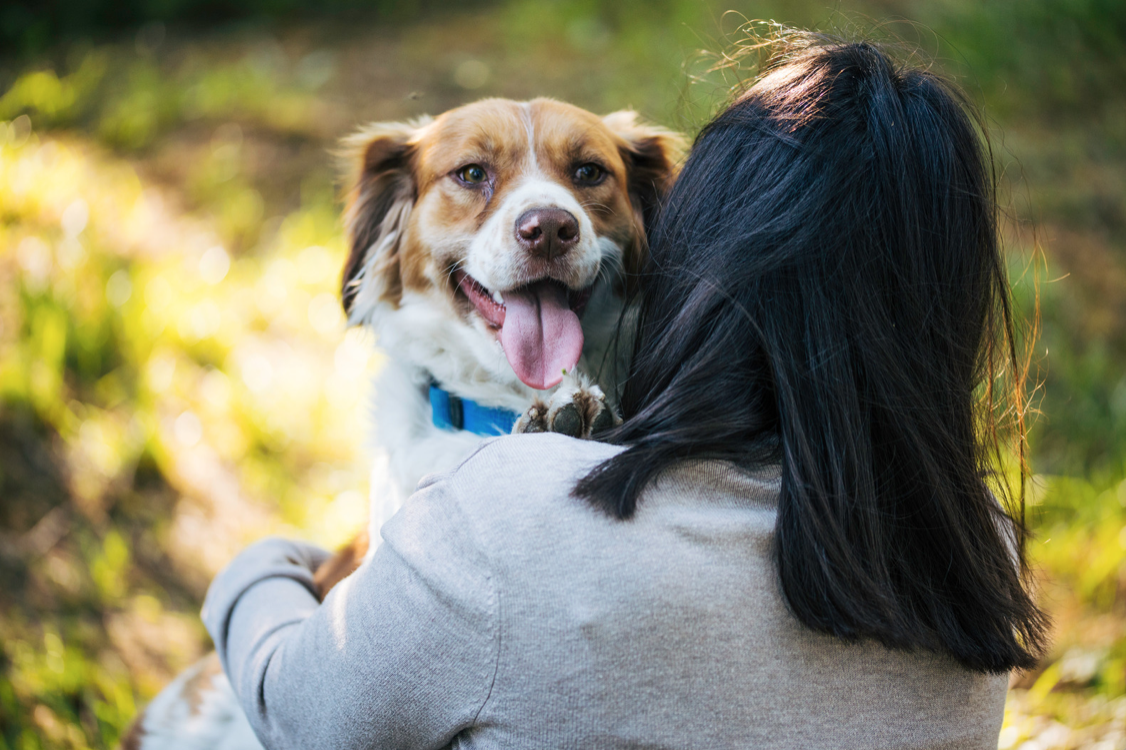
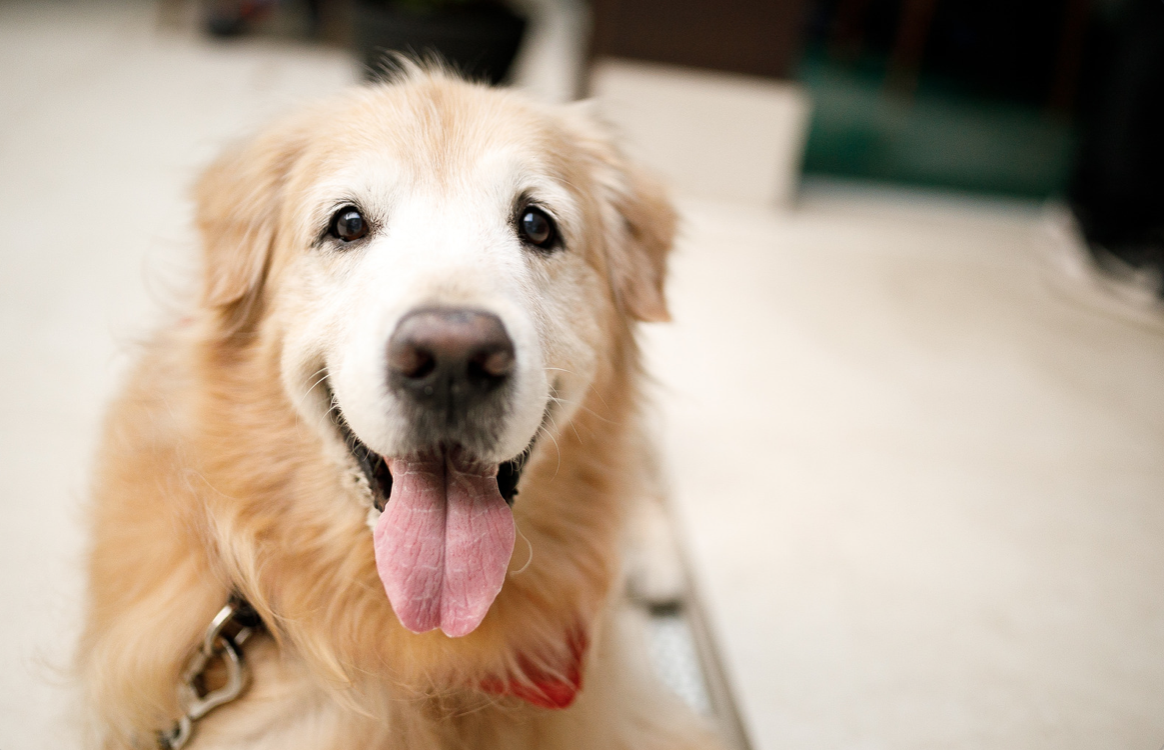
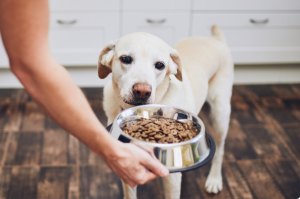
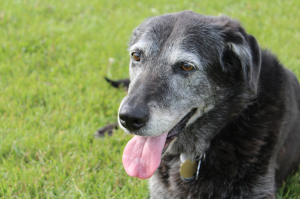
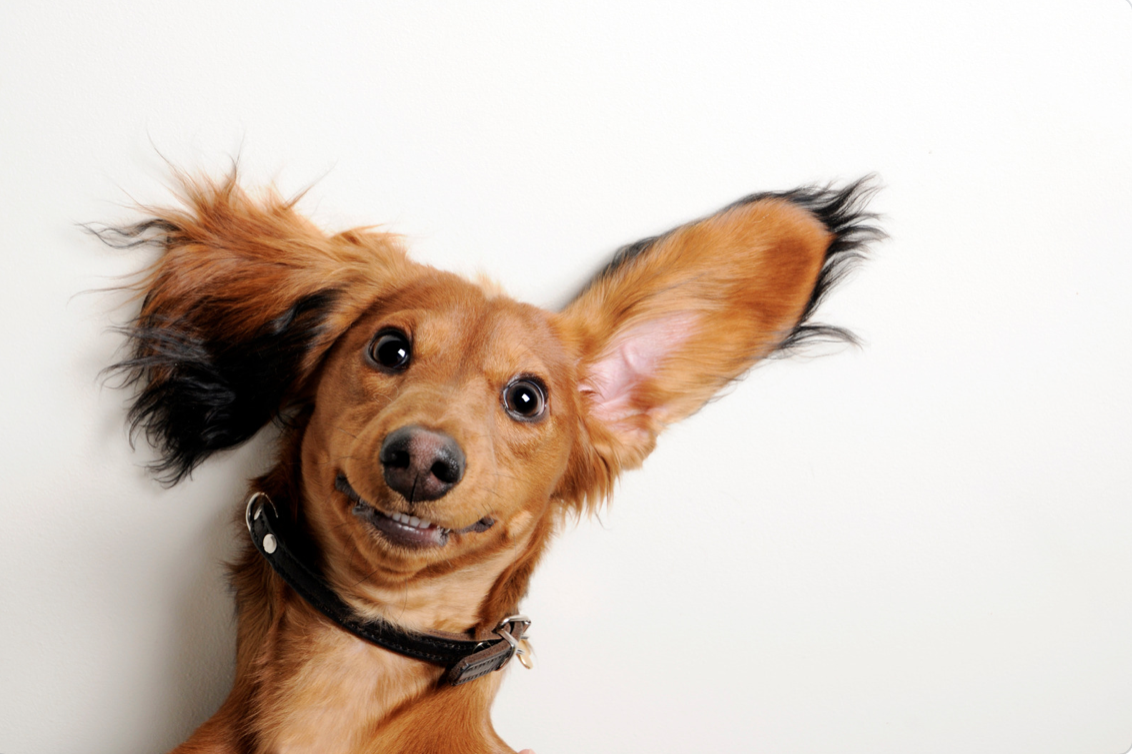
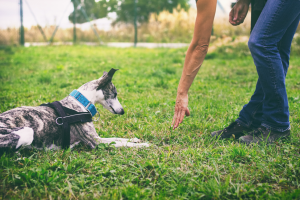
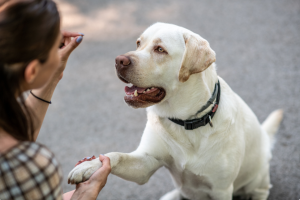
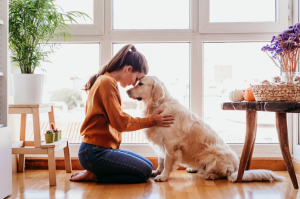
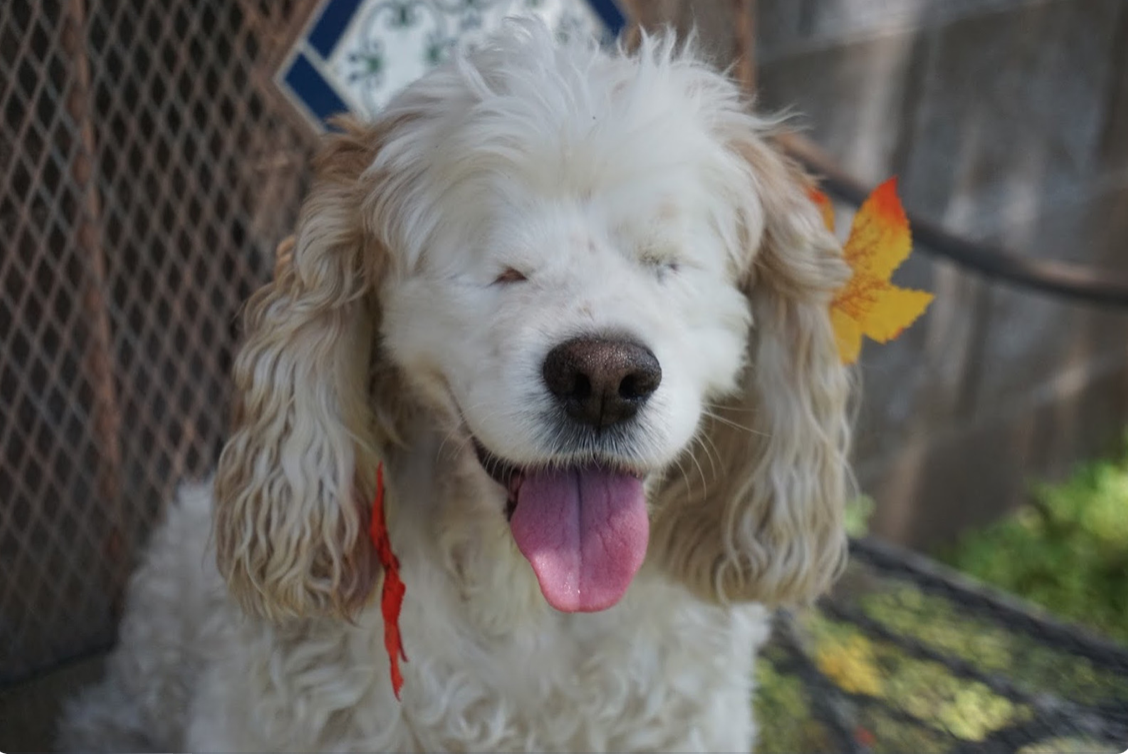
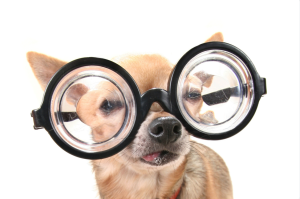
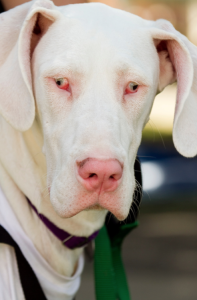
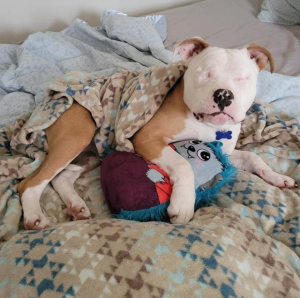 Training a blind dog might require more patience and creativity, but it’s 100% doable! Using verbal cues and touch signals can be a great way to communicate with them. Reward-based training, like using treats and praises, is always the most effective.
Training a blind dog might require more patience and creativity, but it’s 100% doable! Using verbal cues and touch signals can be a great way to communicate with them. Reward-based training, like using treats and praises, is always the most effective. 